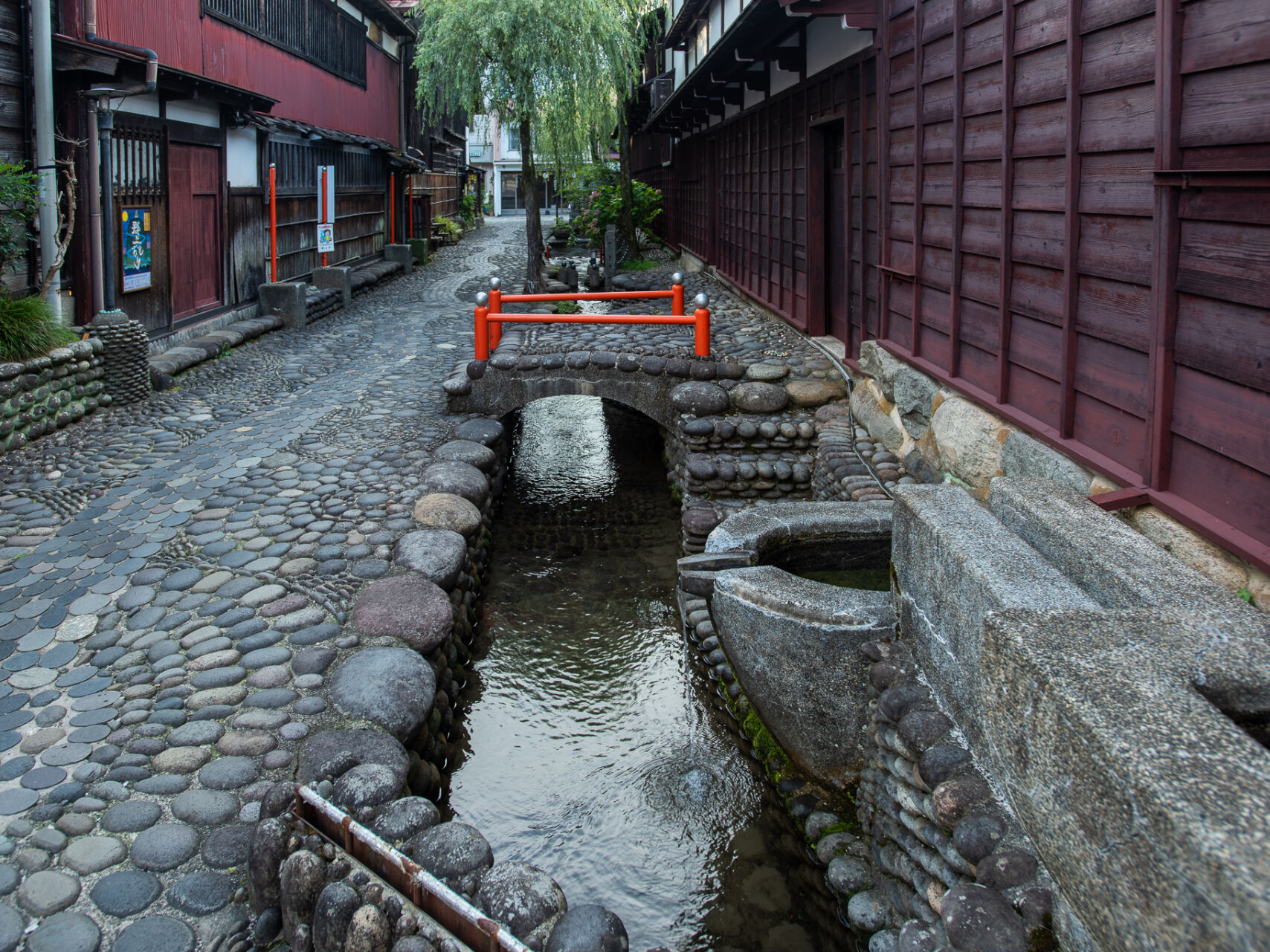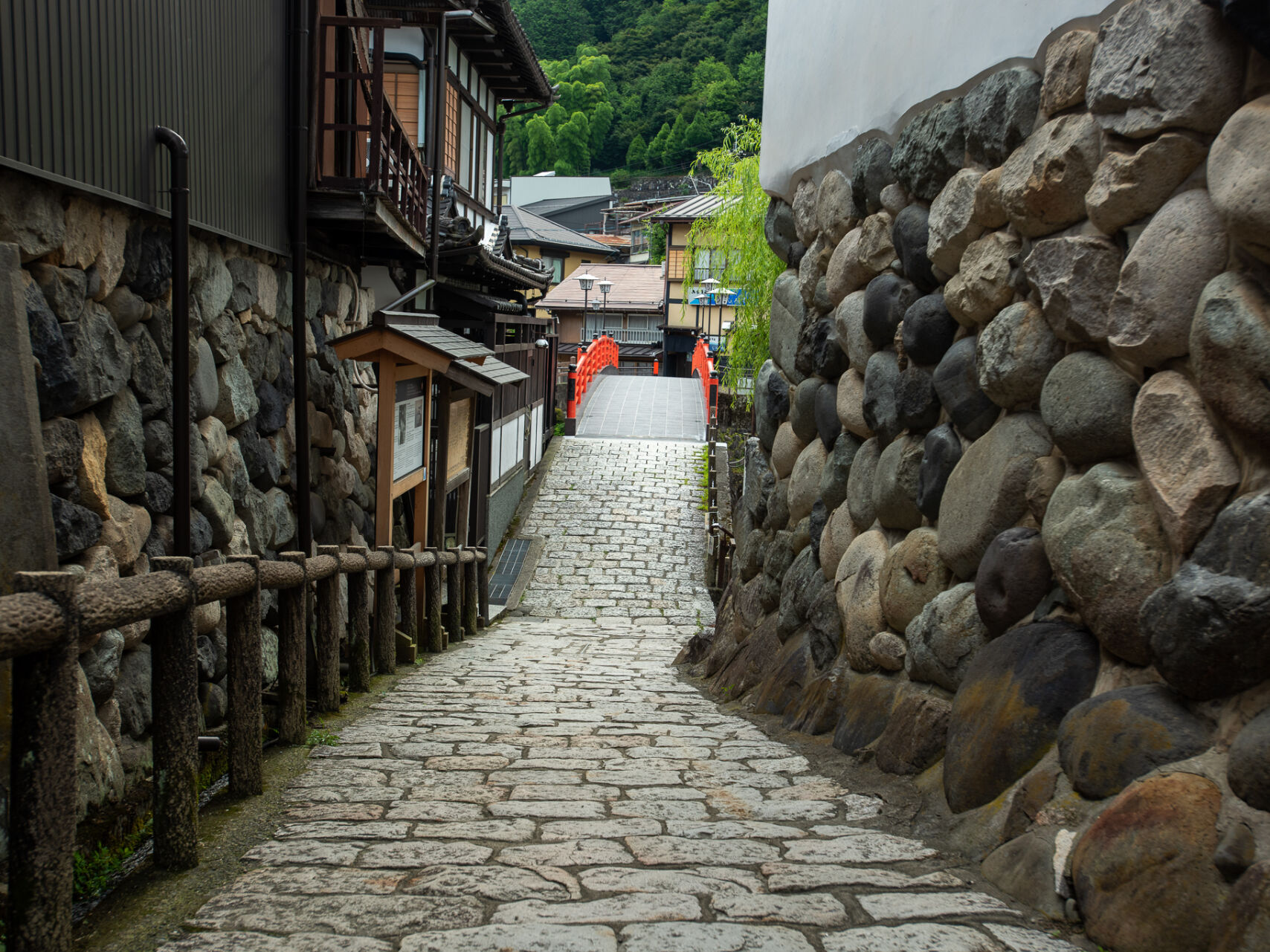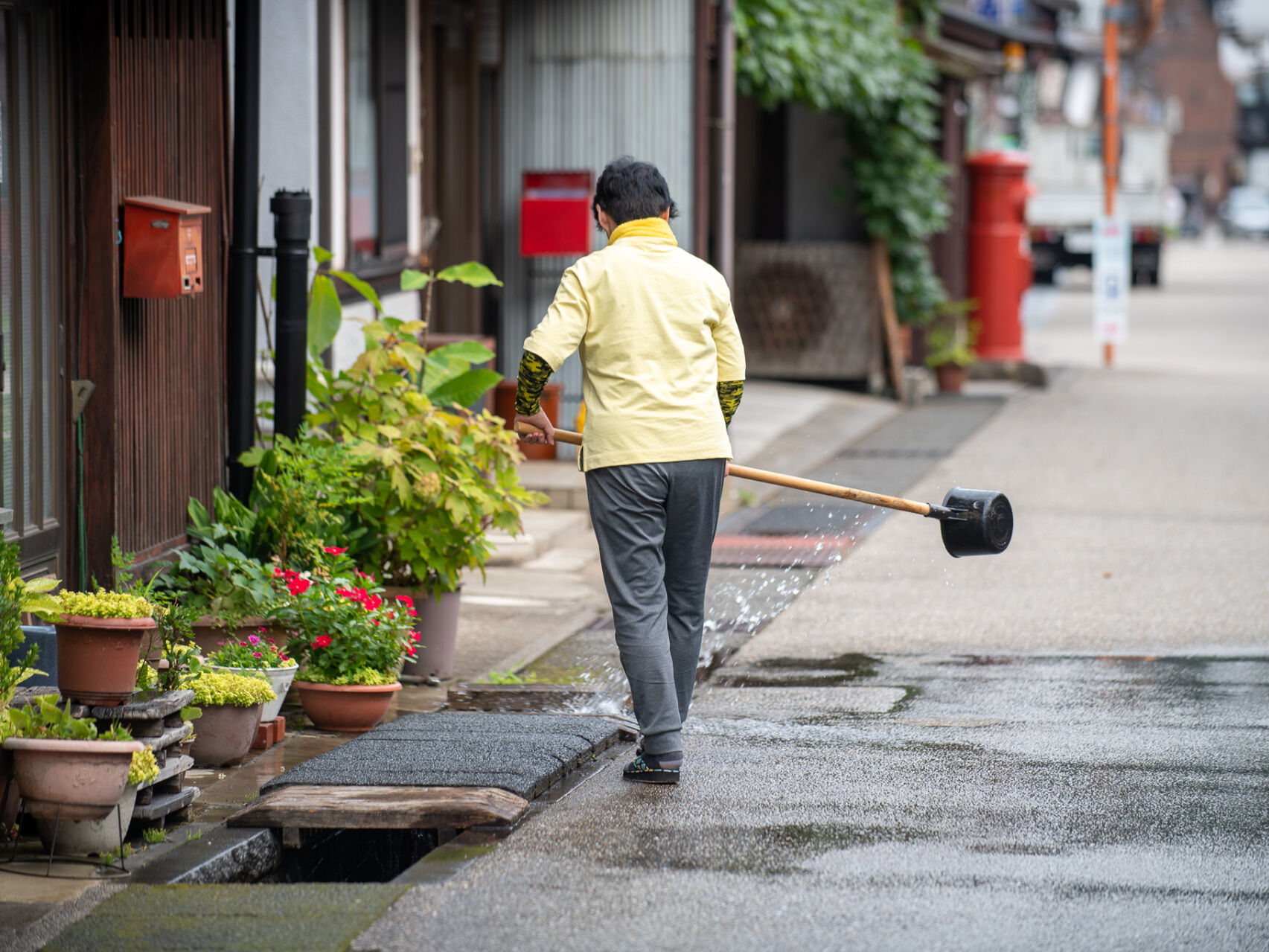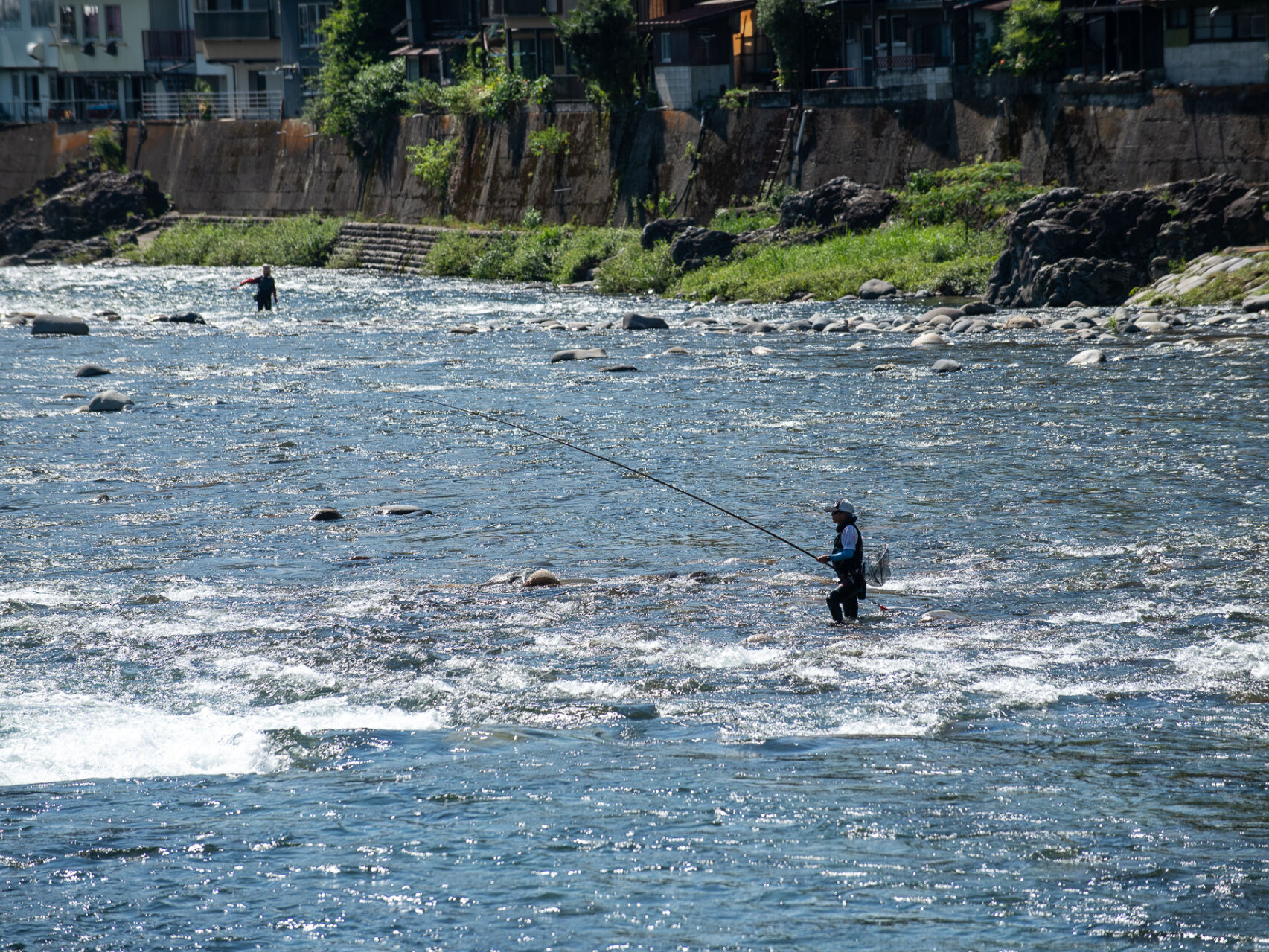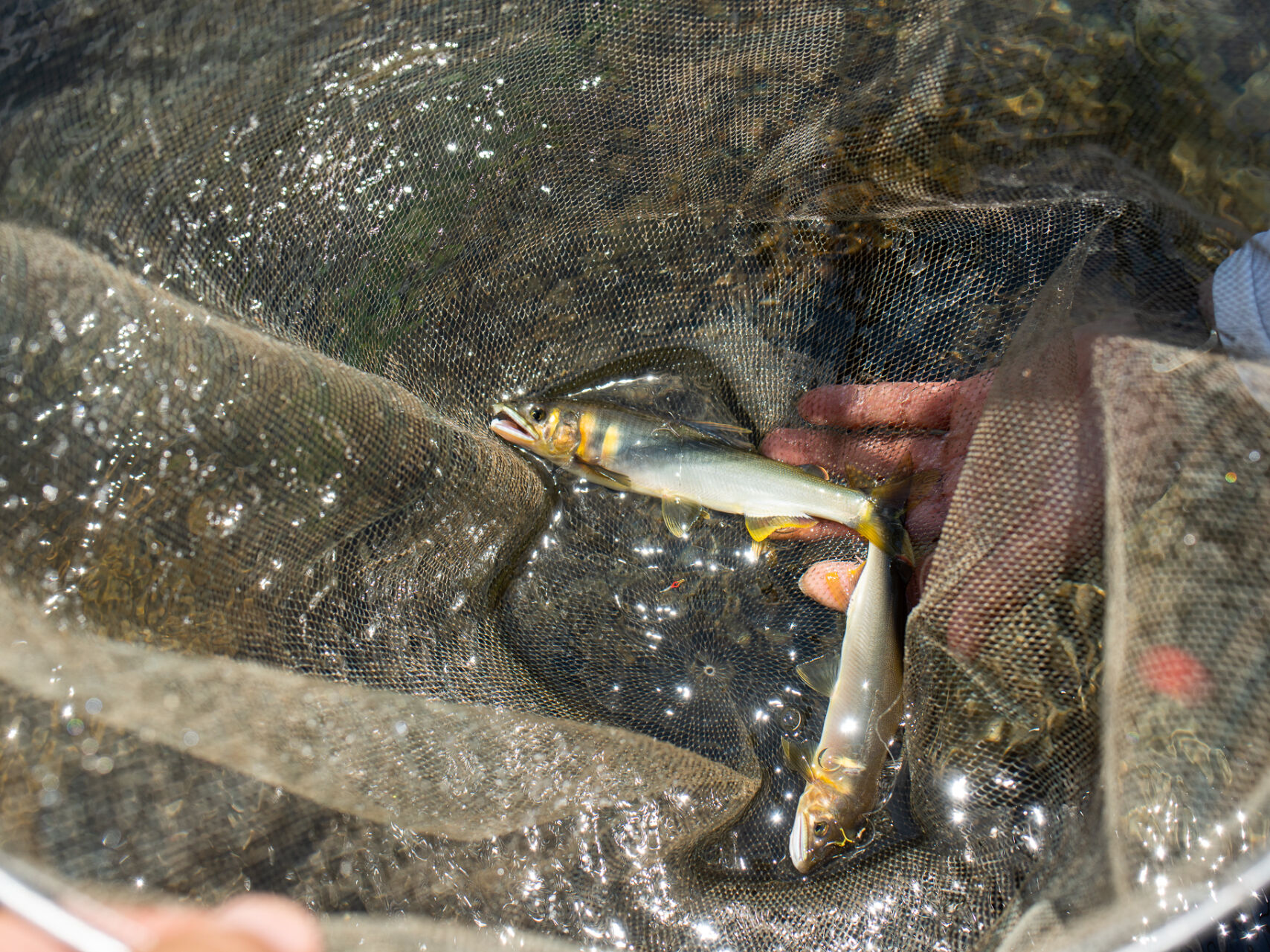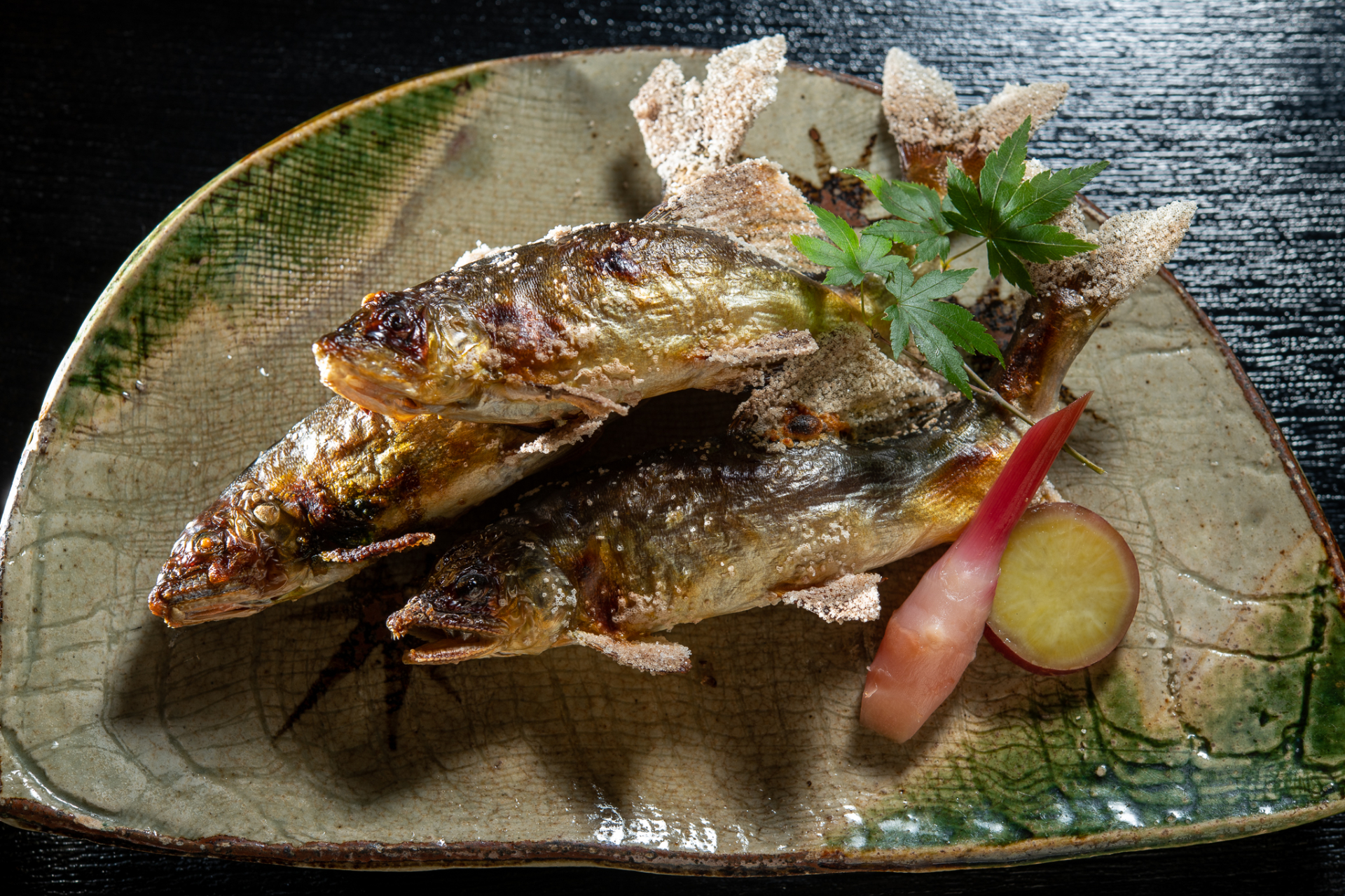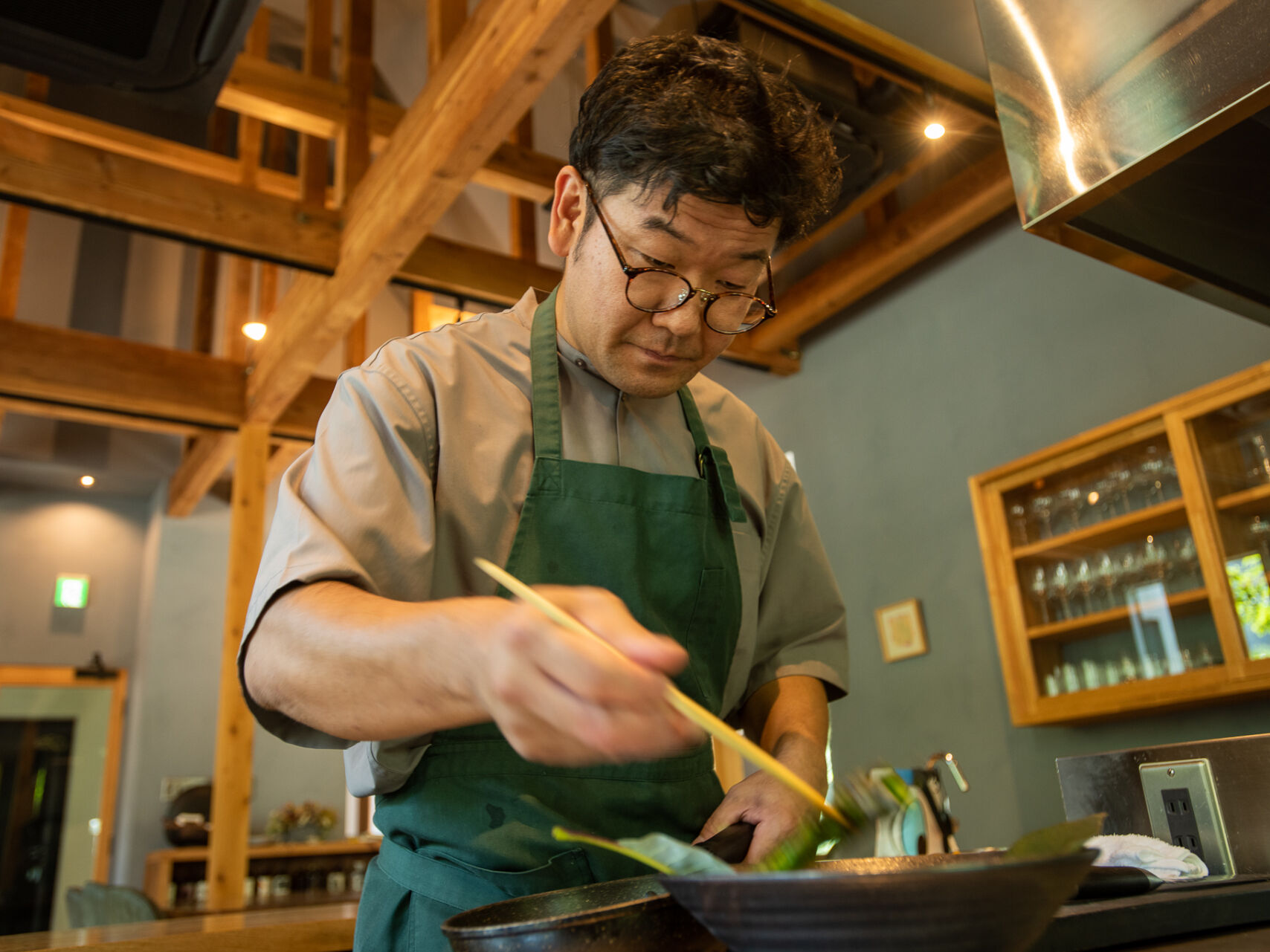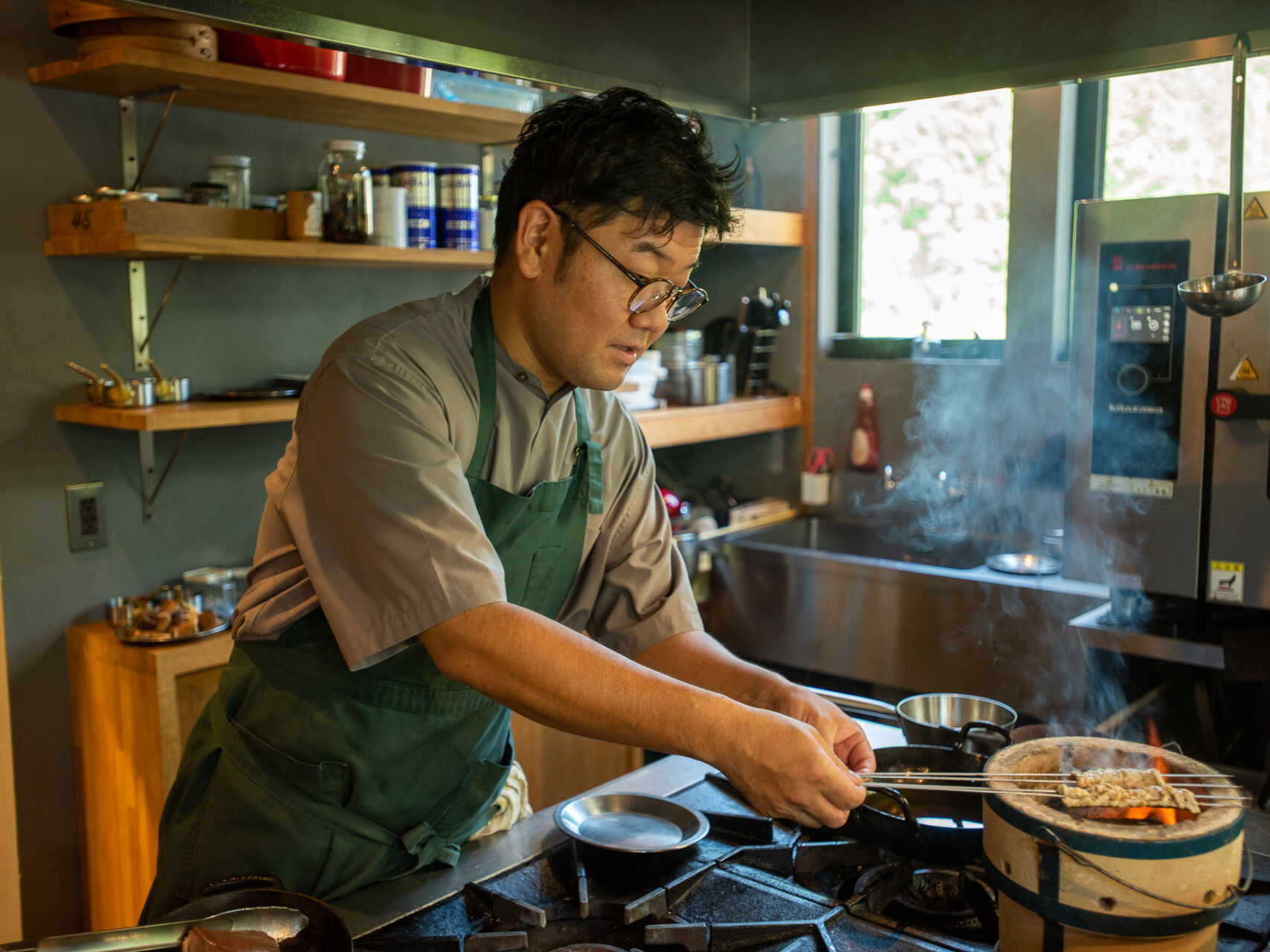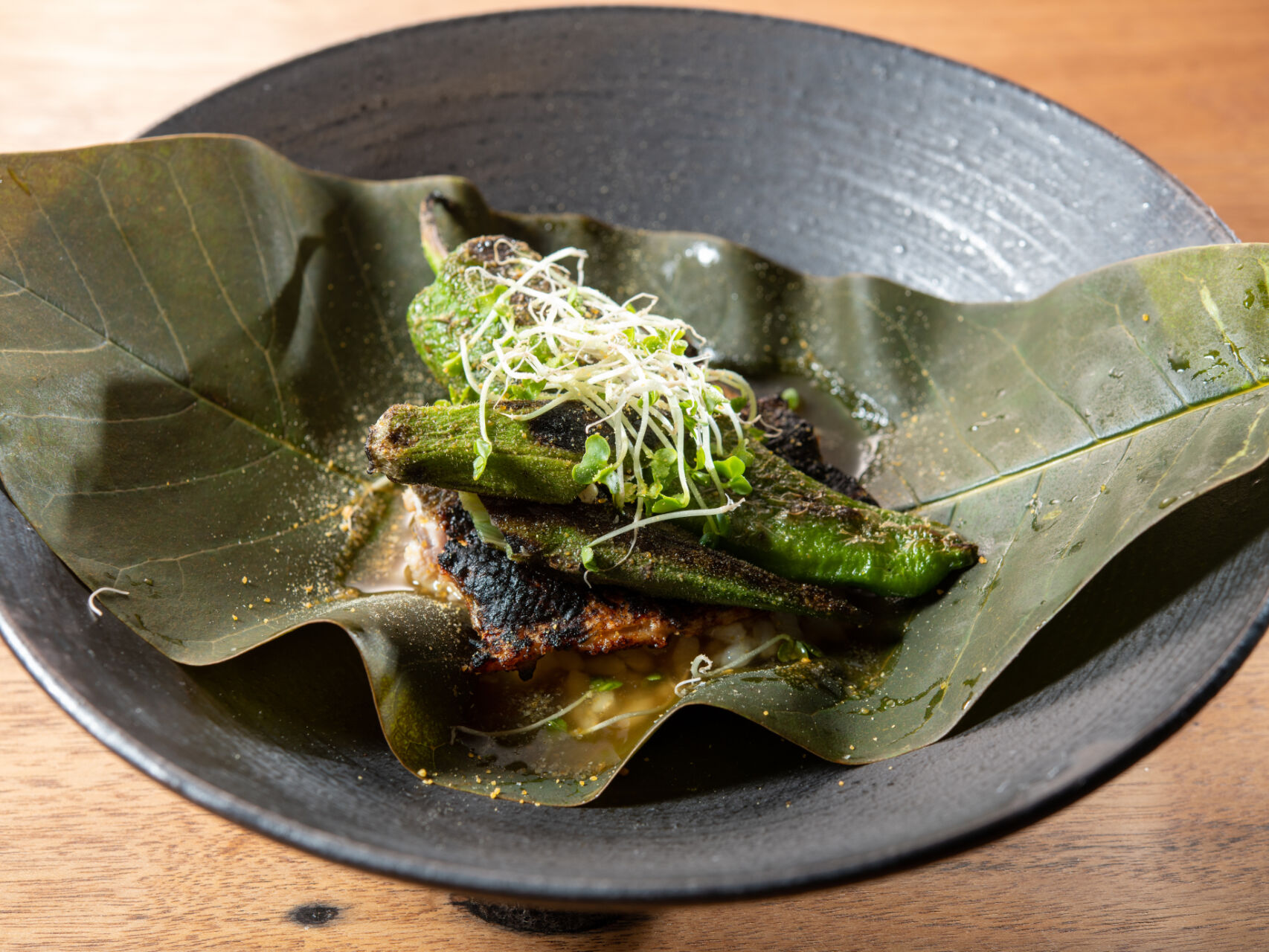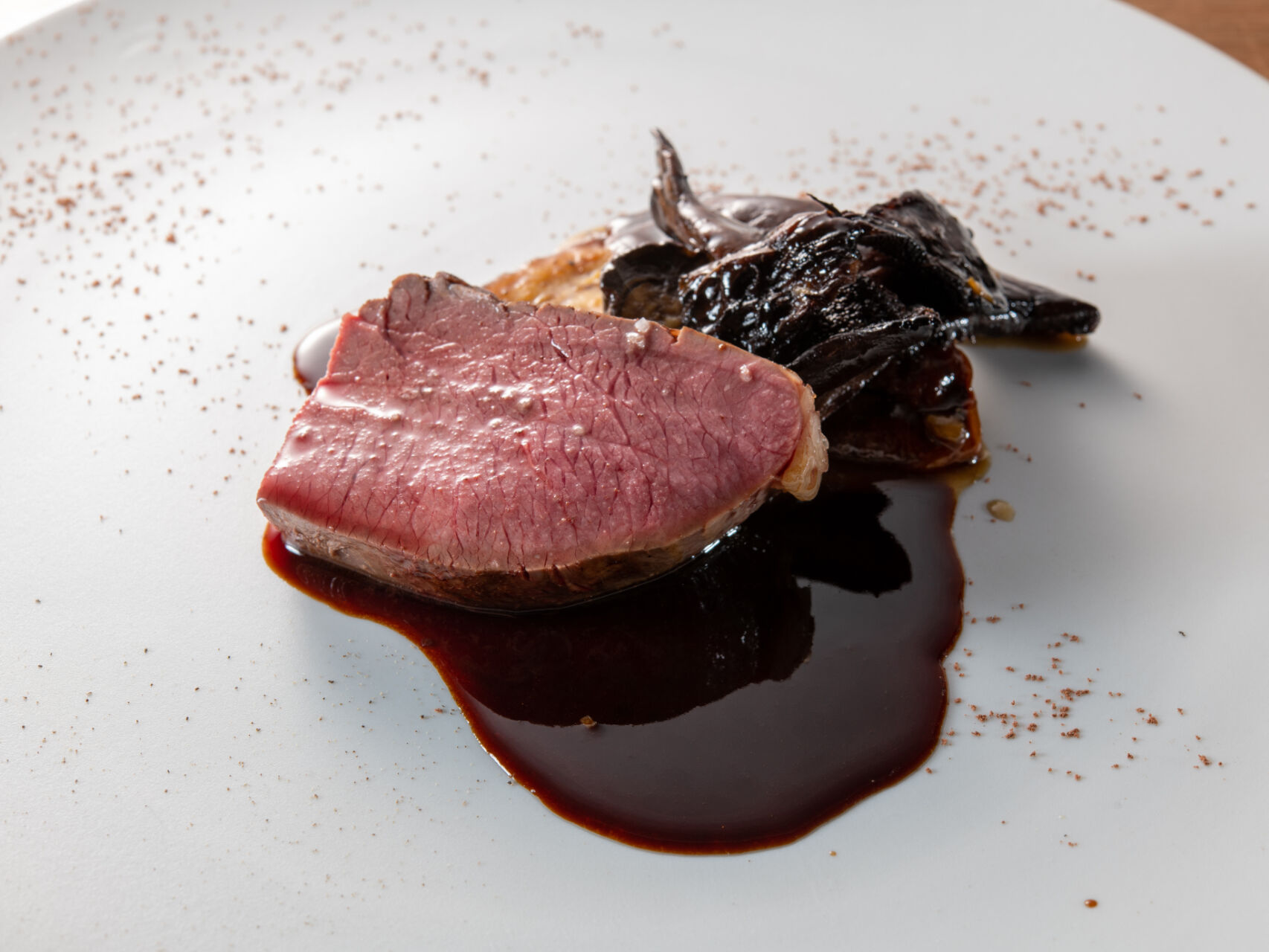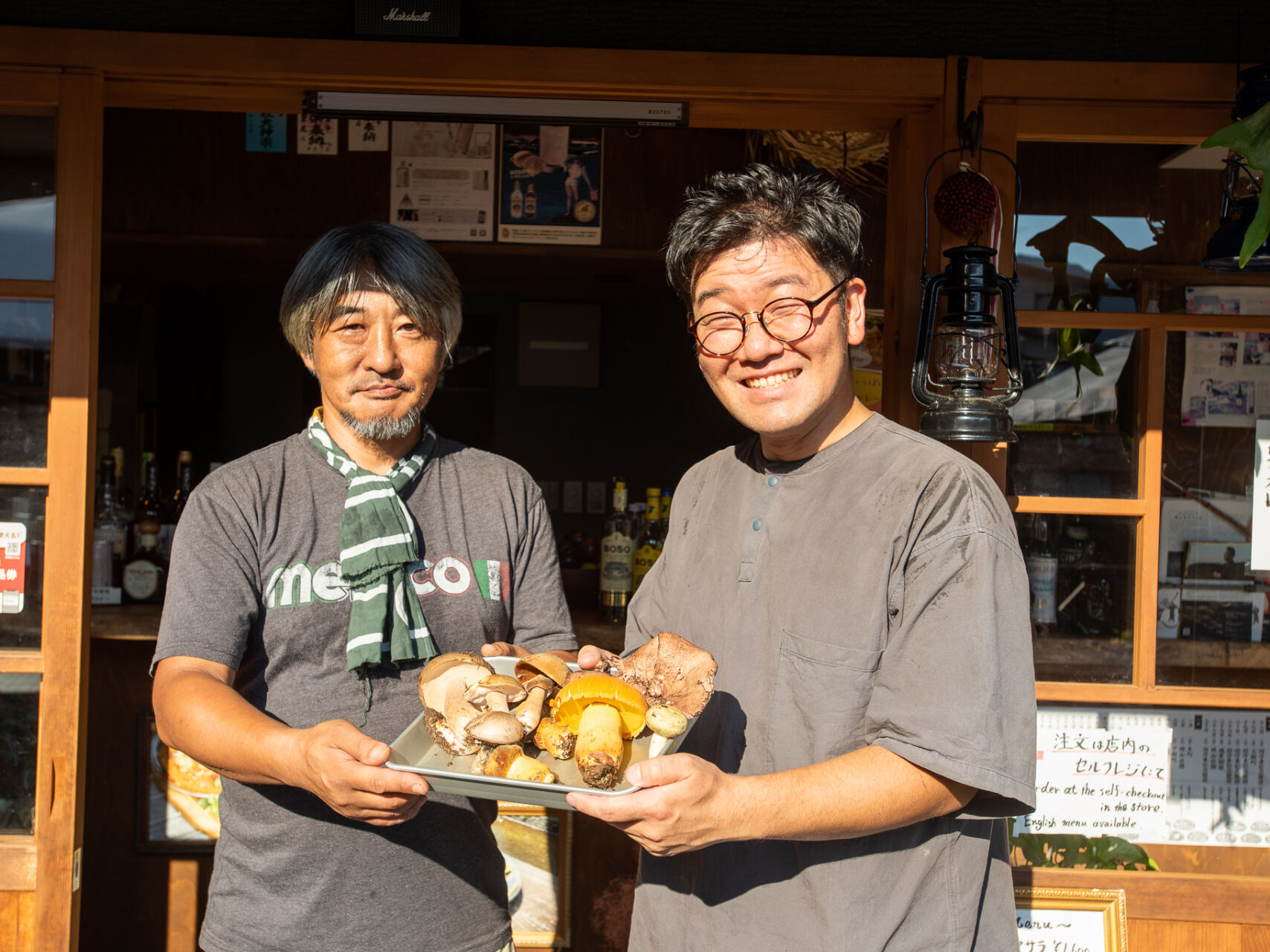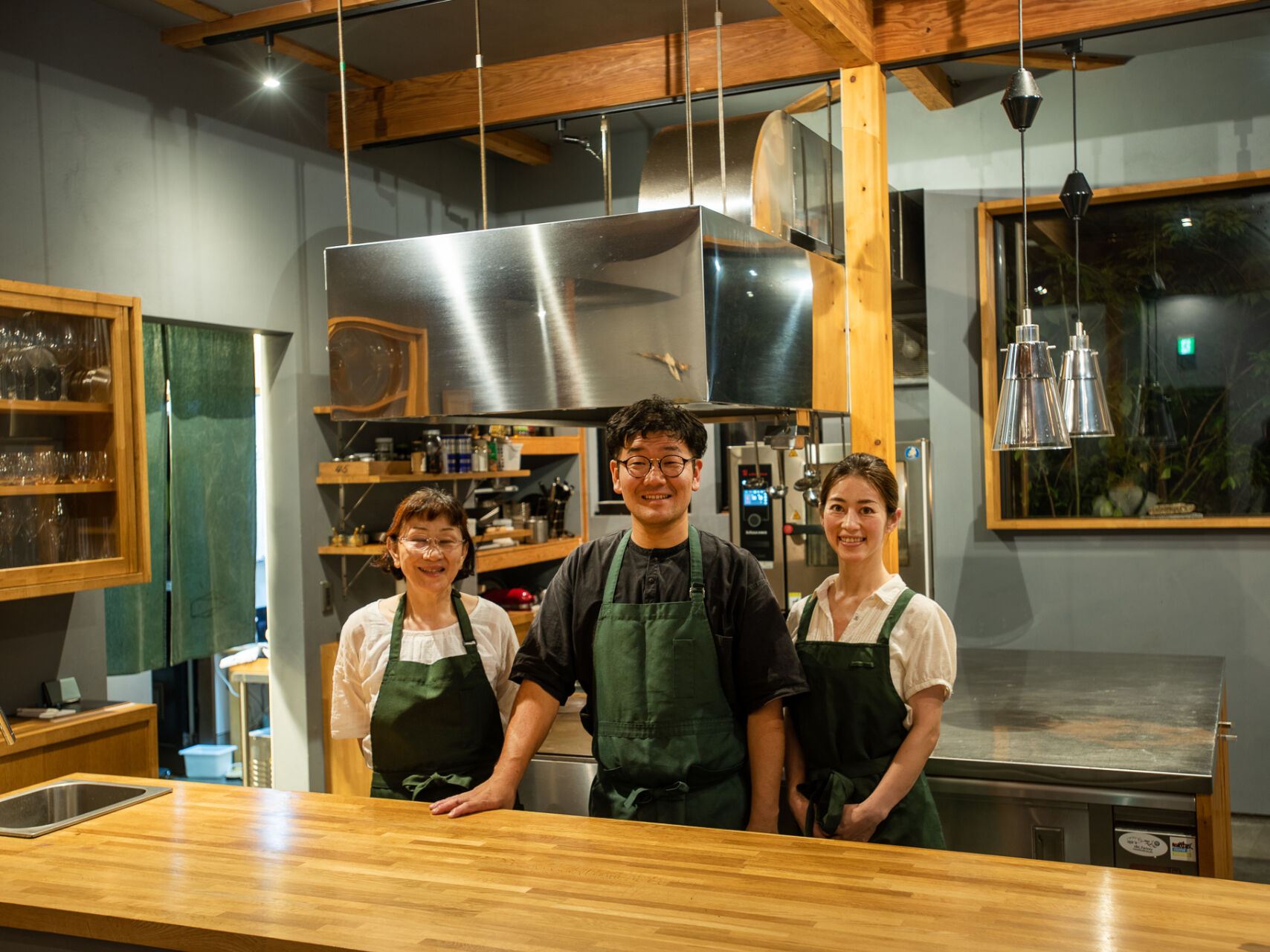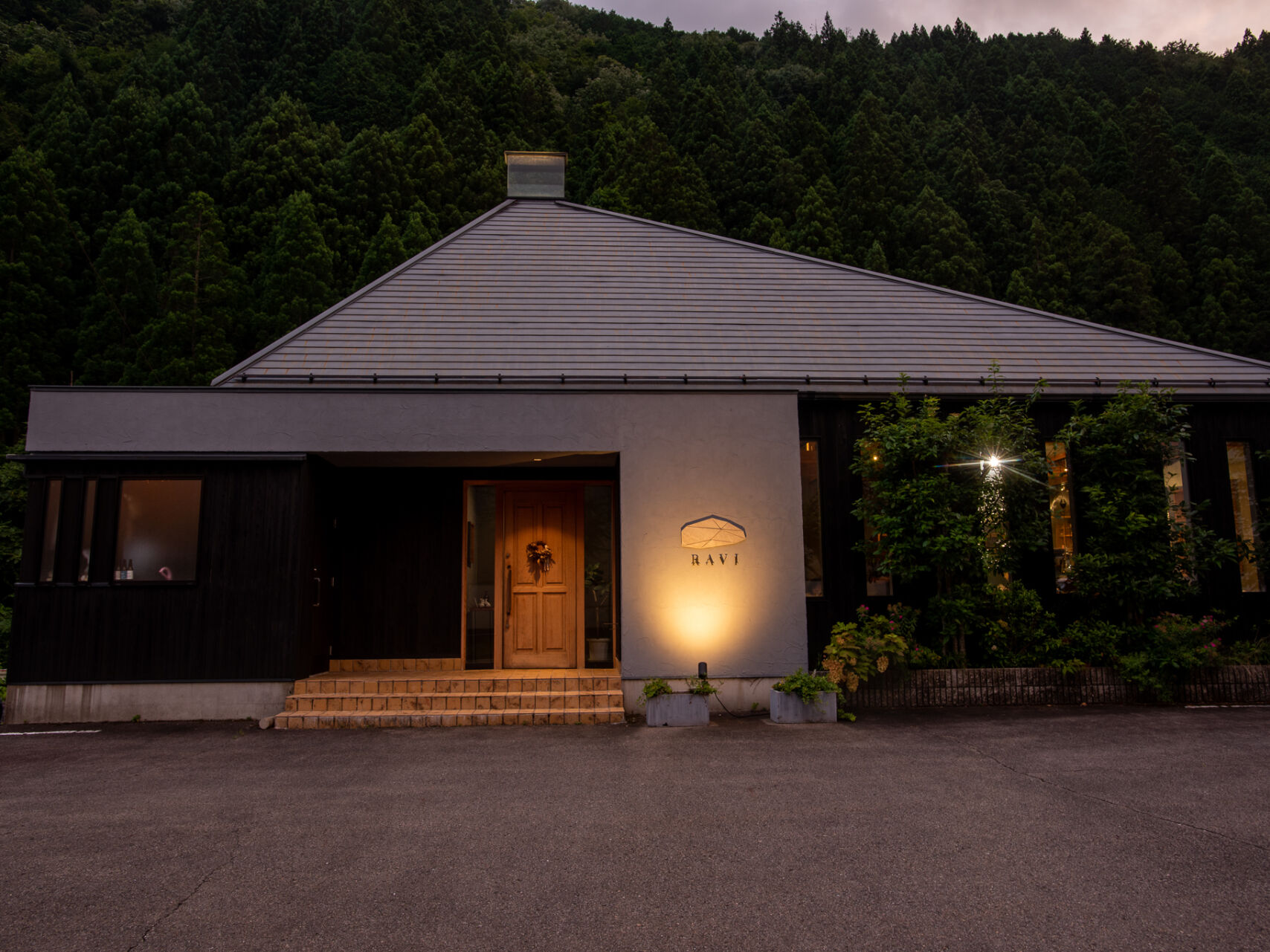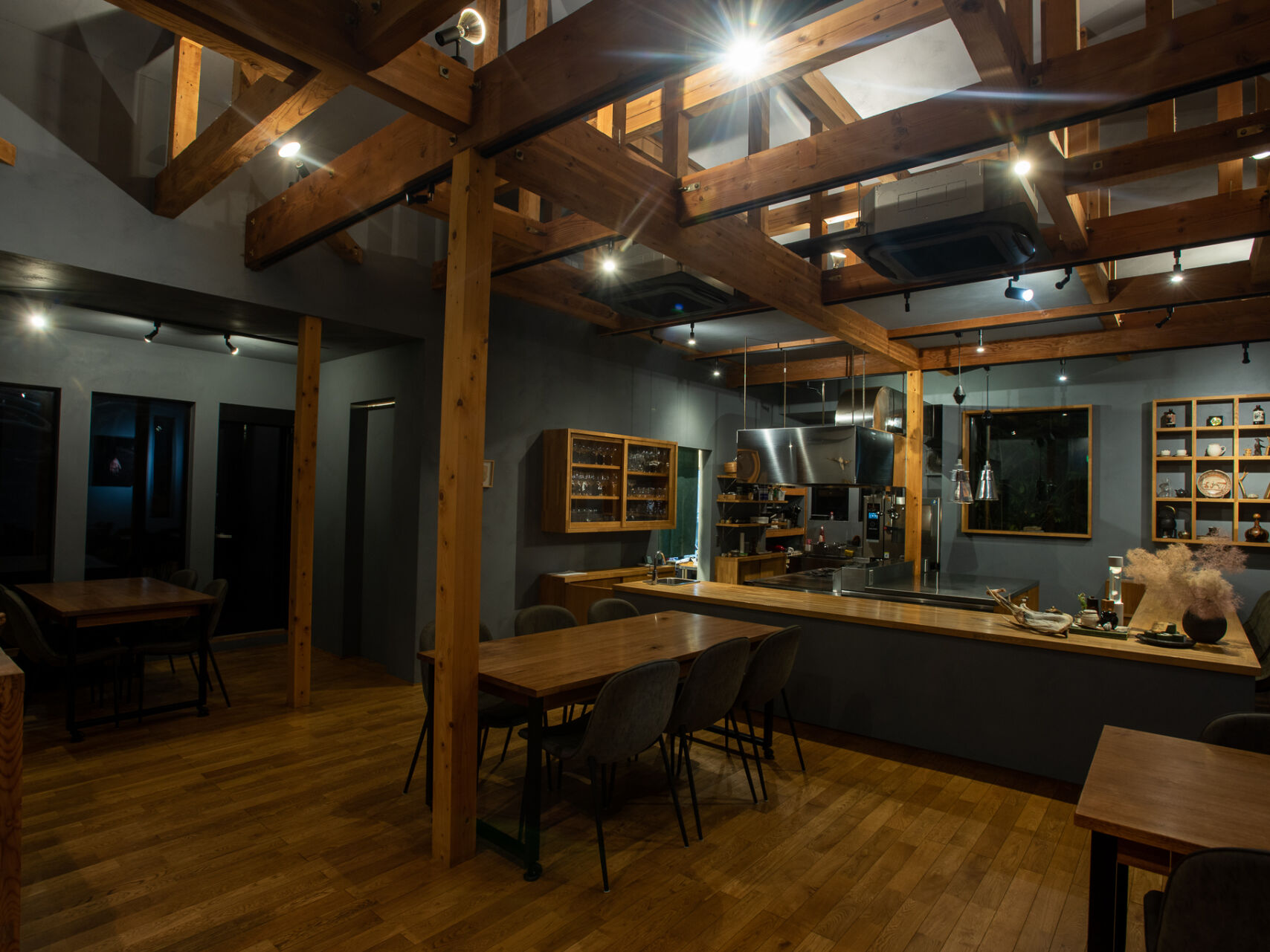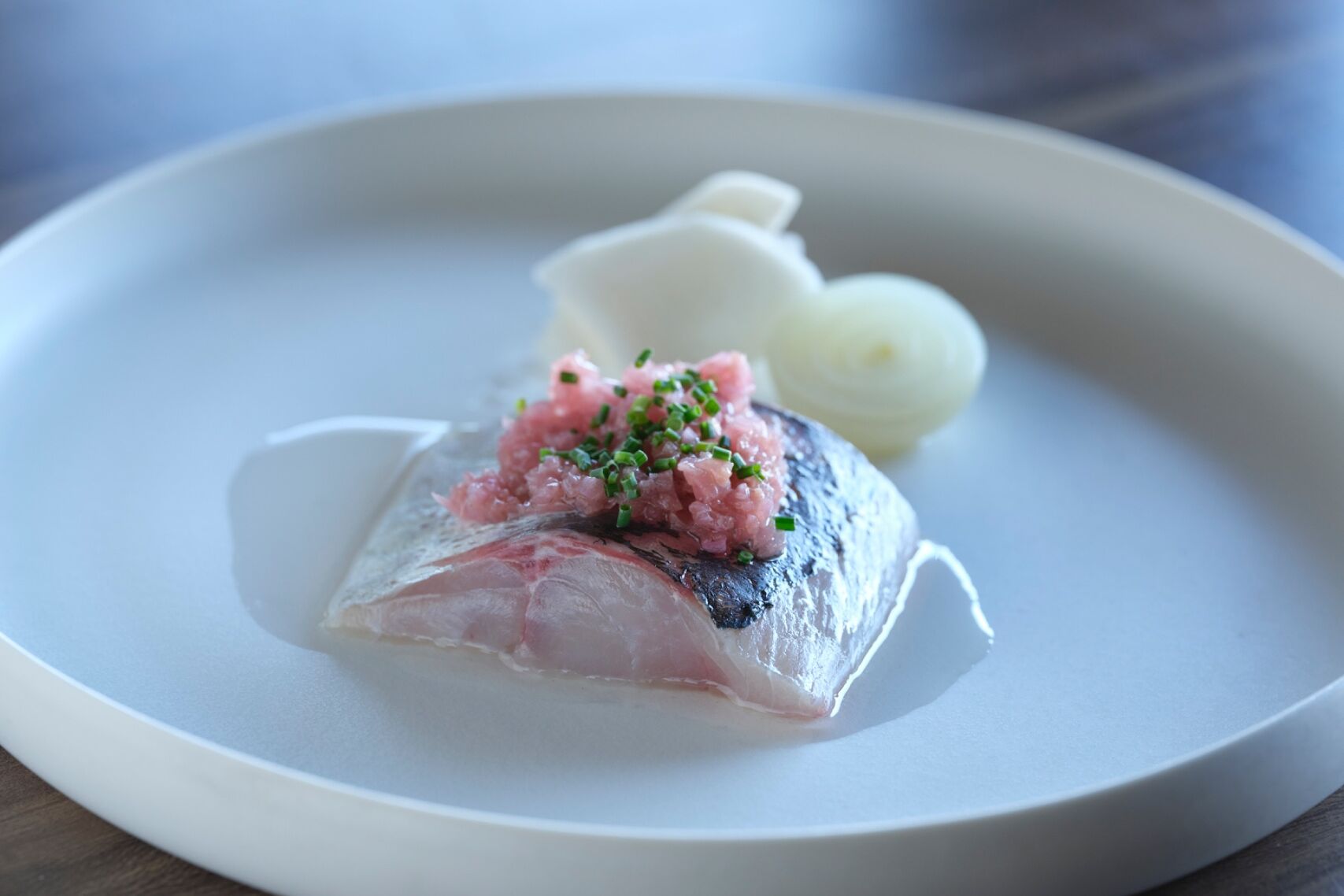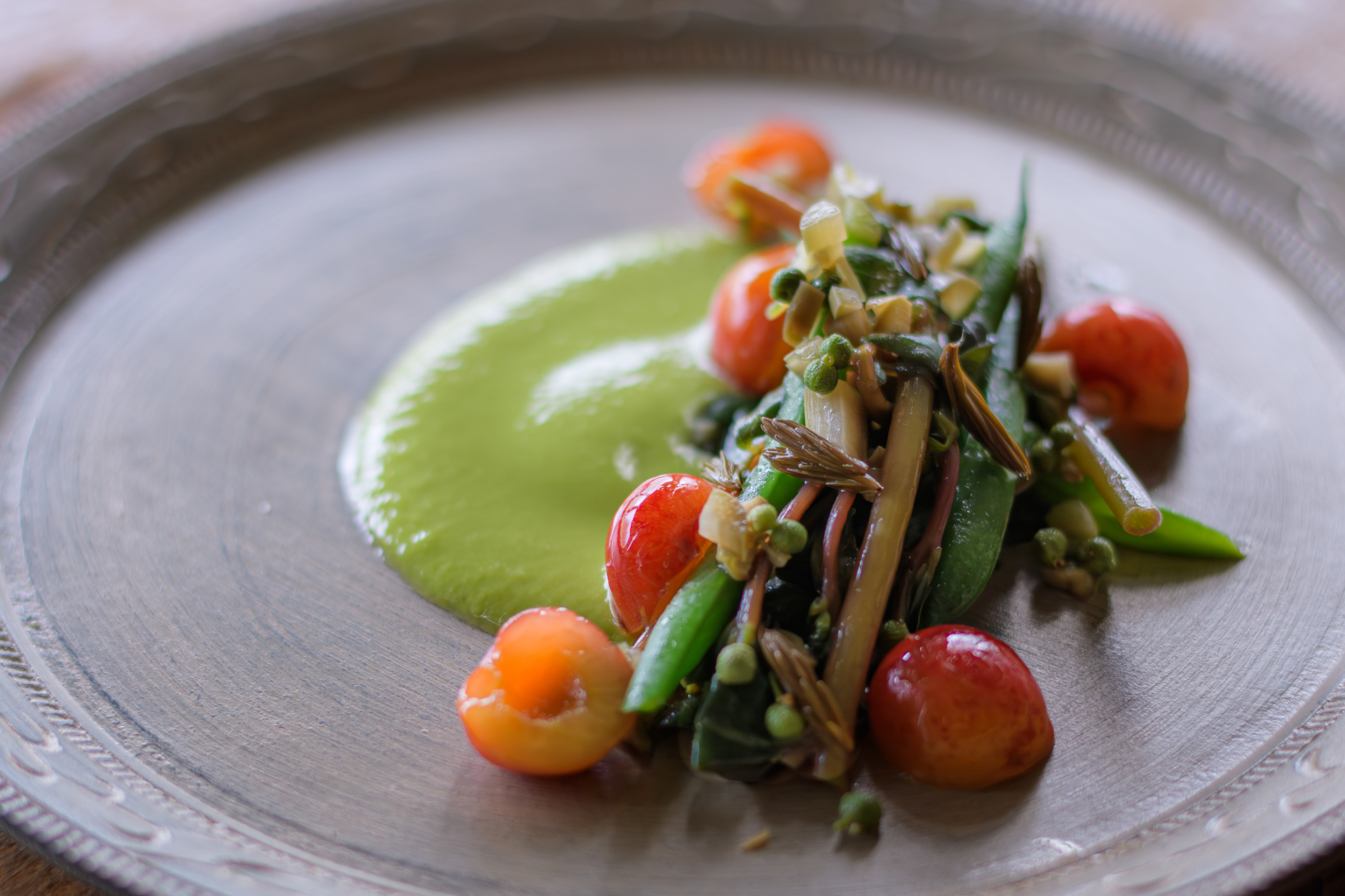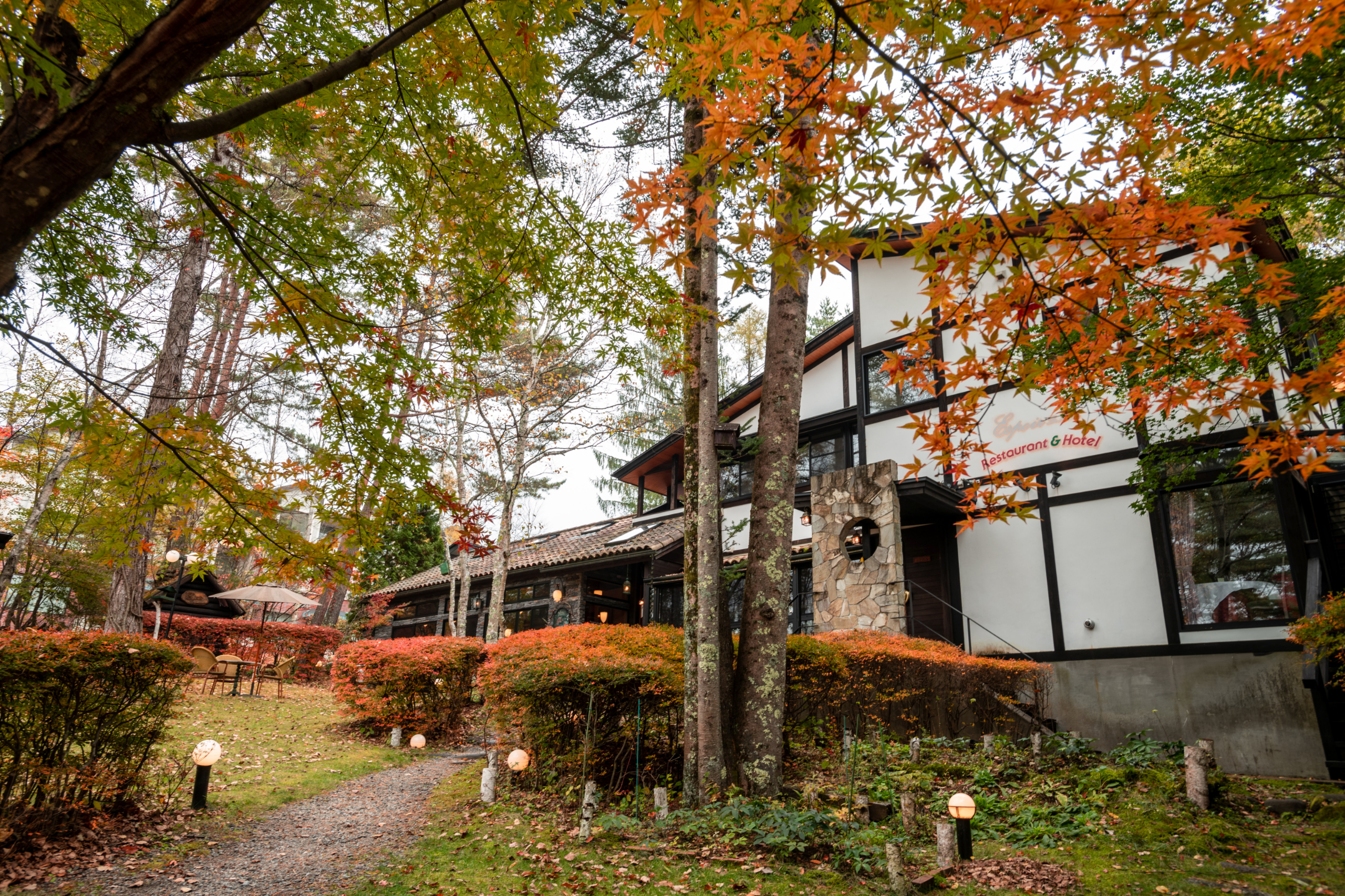The town of Gujo Hachiman in Gifu Prefecture, with the crystal-clear Yoshida River flowing through its center, is a historic castle town that flourished around Gujo Castle. After a devastating fire in the early Edo period, the town was rebuilt in its present layout, with canals drawn from the river serving both as water sources for daily life and as firebreaks. This intimate relationship with water has earned Gujo Hachiman the nickname “City of Water,” and its streets still resonate with the gentle murmur of flowing streams.
The Yoshida River, rising from Mount Eboshi (1,625 m / 5,3331 ft) and flowing 22 km (13.7 miles) before joining the Nagara River, is a treasure trove of freshwater life. Its riverbed is scattered with boulders, deep pools, and swift shallows, creating a varied environment ideal for the growth of lush moss that clings to the rocks. Feeding on this nutrient-rich moss, ayu (sweetfish) develop the refreshing fragrance that has earned them the poetic name “kōgyo” — the fragrant fish.
One of the most celebrated ways to enjoy ayu is simply salt-grilled. A beloved spot for this is Daihachi, a restaurant established about 50 years ago in a relocated traditional farmhouse from Gokayama, Toyama Prefecture. Today, the restaurant is run by second-generation owner Satoshi Tajiri and his mother, Chizuko. Both Mr. Tajiri’s father, Takeo, and Satoshi himself are seasoned ayu fishermen. They serve only ayu caught that very day—either by their own hand or brought in by trusted local anglers from the Yoshida or Nagara Rivers. Depending on the season, Daihachi also offers amago trout, eel, Hida beef, and wild boar, but the natural sweetness of Gujo’s ayu in its peak season remains unmatched.
Smiling beside Satoshi is Kazuie Yamashita, owner-chef of the French restaurant RAVI. Yamashita also includes ayu in his course menus during this season, honoring the river’s bounty in his own refined style. The connection between the two families runs deep: their mothers were classmates, and Yamashita once worked part-time at Daihachi during his high school days.
Chef Yamashita also incorporates sweetfish into his course menu during this season. Born in 1987, from as early as his elementary school graduation essay, Yamashita declared his dream of becoming a chef. After high school, he studied French cuisine at the Tsuji Culinary Institute, trained in Sydney at the world-renowned TETSUYA’S, traveled through France to refine his craft, and returned to Japan to work at Bon Chemin in Tokyo and La Grande Table de Kitamura in Nagoya. In 2020, he came back to his hometown, drawn by the natural beauty of Gujo and the exceptional ingredients born from its land and people. Today, he is known for French cuisine that honors these local treasures while fostering strong connections with the producers who bring them to life.
For this occasion, Chef Yamashita prepared ayu in a mille-feuille style: the fish was filleted into three layers, with a paste made from its innards grilled and sandwiched between the fillets. It was served with cucumber, tomato gelée, and a sauce of plum vinegar, and adorned with oregano flowers — a dish as fragrant and elegant as the river that inspired it.
He also featured ugui (dace) in uroko-yaki (uroko meaning “fish scales”), a traditional technique in which the fish is grilled with its scales intact for a crisp texture. Because ugui are full of fine bones, they are scored in the same manner as hamo (pike conger) before being basted over charcoal with a glaze made from a broth of their own bones and head. The fish was placed atop a sake-rice risotto made with Yamada Nishiki rice simmered in venison stock, and presented on a fragrant magnolia leaf.
For the meat course, Yamashita served roasted Yezo deer, a subspecies of Japanese deer found only in Hokkaido, known for its clean, delicate flavor. Paired with wild mushrooms foraged in Oku-Mino and a sauce of the deer’s bones and light red wine, the dish showcased a more refined profile than the richer venison of Hokkaido.
Here in Gujo, the people have long lived in gratitude for the blessings of the river, preserving its purity and passing down traditions of coexistence with nature. Through their artistry — whether in the smoky salt-grilled ayu of Daihachi or the elegant French plates of RAVI — Satoshi Tajiri and Kazue Yamashita carry forward the taste and spirit of this “Little Kyoto of Oku-Mino.”
RAVI
Address: 3-4-1 Nakatsubo, Hachiman-cho, Gujo City, Gifu 501-4211
Tel: 0575-65-5558
Instagram: RAVI (@ravi_2020_gujo)
Getting there: 15.84 km from Gujo Hachiman IC on the Tokai-Hokuriku Expressway
Daihachi
Address: 883 Sakanamachi, Hachiman-cho, Gujo City, Gifu
Tel: 0575-65-3709
Photography / Masashi Okutani
Translation / Yumiko Sushitani
Related Posts
2025-02-21
A Fish Merchant’s Vision Transforms Yaizu into a Culinary Destination
"Can a single fish merchant really transform a region's food culture?" This was…
2025-08-01
The Blessings of Tsugaru and the Stories on the Plate
In the Tsugaru region of Aomori Prefecture, deep winter brings heavy snow that…
2025-01-15
The Epicenter of Gibier Cuisine: An Auberge Nurtured by Family Love and Community
Along the enchanting "Märchen Road," just off the Suwa-Minami Interchange of…



